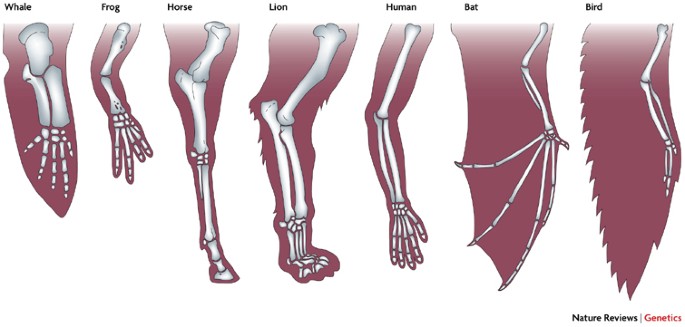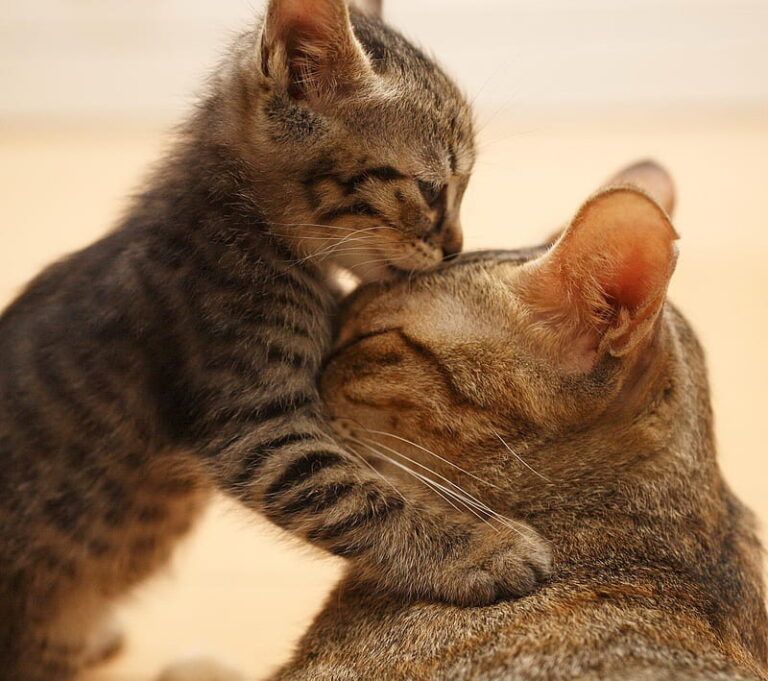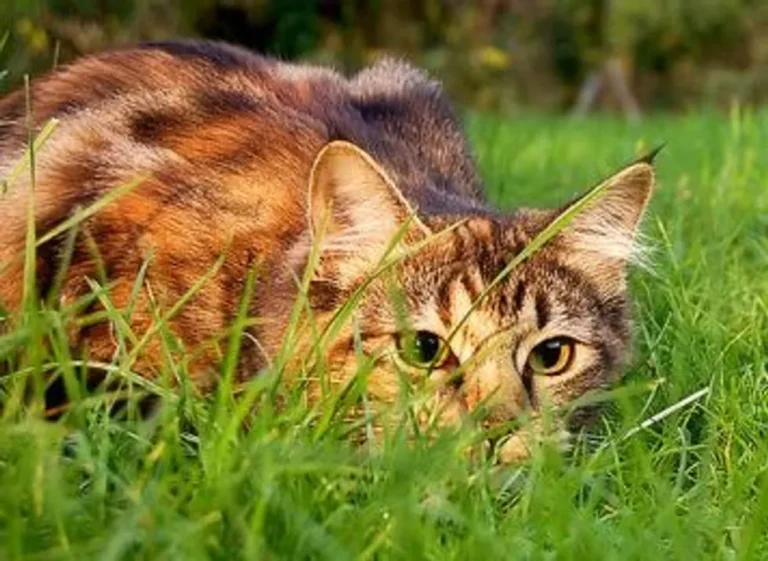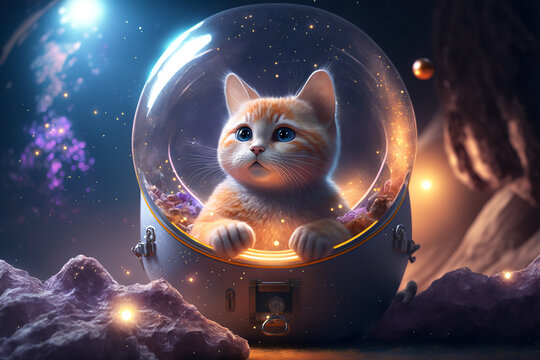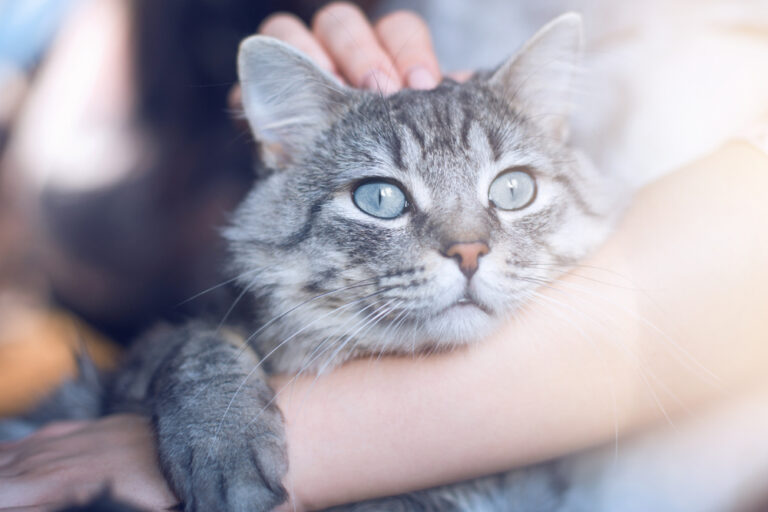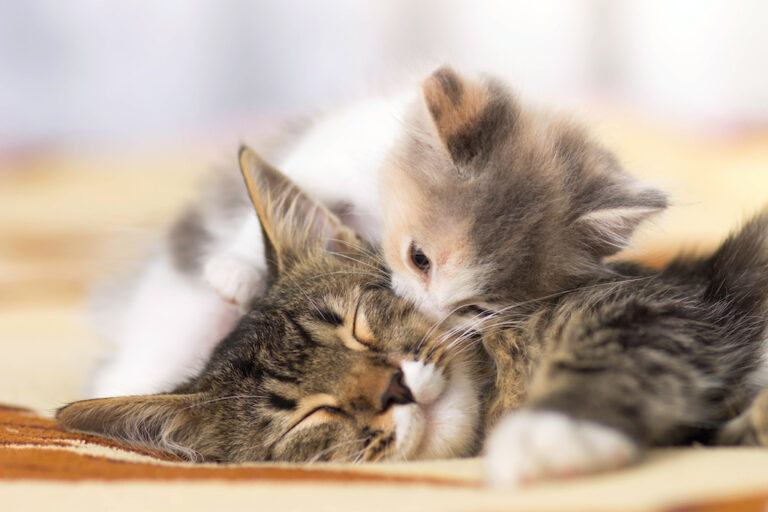Comparative anatomy: cats vs. other mammals
Anatomy of Cats: An Overview
The anatomy of cats is a fascinating subject that encompasses the intricate structures and systems that make up these mesmerizing creatures. From their skeletal structure to their reproductive system, each aspect of a cat’s anatomy has evolved to support its unique abilities and survival.
At the skeletal level, cats share several similarities with other mammals. They possess a highly flexible spine, allowing them to perform impressive jumps and agile movements. Additionally, their limbs are designed for speed and precision, featuring sharp claws that aid in climbing and hunting. However, cats also exhibit distinct differences in their skeletal structure, such as the remarkable flexibility of their collarbone, called the clavicle, allowing them to squeeze through narrow spaces with ease. Moreover, cats possess retractable claws, a remarkable adaptation that enables them to maintain their sharpness and agility when not in use.
Moving beyond their bones, cats boast a muscular system that sets them apart from other mammals. Their muscles are highly developed and finely tuned, providing the power and agility necessary for their predatory nature. Cats have strong, well-defined hind limbs, ideal for explosive bursts of speed when pouncing on their prey. Their forelimbs are equipped with powerful muscles that allow them to extend and retract their claws effortlessly. These muscular attributes give cats the advantage they need when they engage in their characteristic playfulness or hunting behavior.
The Skeletal Structure: Similarities and Differences
The skeletal structure of cats, like that of other mammals, serves as a framework for the body, providing support and protection for vital organs. While there are some similarities between the skeletal structures of cats and other mammals, there are also notable differences. One commonality is the presence of a skull, which houses the brain and sensory organs. Additionally, both cats and other mammals have a vertebral column, consisting of individual vertebral bones that run along the length of the spine, allowing for flexibility and stability. However, it is the variations within these structures that distinguish cats from other mammals.
One key difference in the skeletal structure of cats lies in their nimble and agile nature. As obligate digitigrade animals, cats walk on their toes, with their metacarpals and metatarsals elevated off the ground. This adaptation is evident in their limb bones, as cats have elongated metacarpals and metatarsals compared to many other mammals. Such elongation provides cats with a longer stride and increased speed, allowing them to be efficient hunters. In contrast, many other mammals, including humans, walk on the soles of their feet, with the entire foot, including the metacarpals and metatarsals, in contact with the ground. This fundamental difference in limb structure sets cats apart from other mammals in terms of their skeletal anatomy.
Muscular System: Comparing Cats to Other Mammals
The muscular system plays a crucial role in the overall movement and coordination of an animal’s body. When comparing the muscular system of cats to other mammals, some similarities and differences can be observed. One similarity is that both cats and other mammals have three types of muscle tissue: skeletal muscles, smooth muscles, and cardiac muscles. These different muscle types enable controlled movements and ensure the proper functioning of various organs, such as the heart and the digestive tract.
However, there are also notable differences between cats and other mammals in terms of their muscular system. Firstly, cats have a highly developed muscular structure, which allows them to be incredibly agile and flexible. This muscular system is particularly evident in their ability to pounce, leap, and climb with great precision and power. Additionally, cats possess a unique muscle called the pectoantebrachialis, located in their forelimbs, that enables them to retract and extend their claws swiftly. This adaptation enhances their hunting skills, making them formidable predators in the animal kingdom. Overall, the muscular system of cats showcases both similarities and distinctive characteristics that contribute to their exceptional physical abilities.
Respiratory System: How Cats Differ from Other Mammals
The respiratory system is a critical component of an animal’s overall health and well-being. Cats, like other mammals, rely on this system to take in oxygen and expel carbon dioxide. However, there are some notable differences in how cats breathe compared to other mammals.
One significant difference is in the structure of their respiratory organs. Cats have a highly specialized respiratory system that allows them to pounce and hunt with exceptional agility. Their lungs are uniquely adapted to accommodate rapid changes in breathing, making them efficient hunters. Additionally, cats have a more flexible rib cage than other mammals, allowing them to take deep breaths and increase their lung capacity when needed. This adaptation enhances their ability to chase prey and engage in intense physical activities.
Furthermore, cats possess a remarkable ability to conserve energy while breathing. They have a higher tolerance for low oxygen levels, enabling them to adapt to various environments and even thrive in high-altitude areas. This attribute is especially advantageous for feline species that reside in mountainous regions or dense forests. By adjusting their breathing rate and depth, cats can support their energetic lifestyles while efficiently utilizing oxygen. This unique respiratory adaptation sets them apart from many other mammals in the animal kingdom.
The Digestive Tract: A Comparative Analysis
The digestive tract serves a vital role in the breakdown and absorption of nutrients, and it exhibits remarkable variations across different mammalian species. When comparing the digestive tracts of cats to other mammals, several key differences emerge. Cats, being obligate carnivores, have a relatively simple digestive system tailored for a high-protein diet. Their short and uncomplicated intestinal tract allows for rapid digestion and the quick utilization of essential nutrients. In contrast, herbivorous mammals, such as cows and horses, possess a more complex digestive system, including a specialized chamber called the rumen, where microbial fermentation occurs to break down cellulose-rich plant material. This disparity in the structure and function of the digestive tract highlights the adaptability of mammals to their specific dietary needs.
Another noteworthy contrast arises in the presence of certain digestive enzymes. For instance, cats lack the enzyme necessary to break down and utilize starch efficiently. Hence, their digestion primarily focuses on proteins and fats. This disparity sets them apart from omnivores like humans and dogs, who possess the enzyme amylase to efficiently digest starches found in grain and vegetable-based diets. However, cats can still obtain carbohydrates from the gut bacteria that help break down dietary fiber. Despite these variations, the overall goal of the digestive tract remains the same across mammalian species: to break down food into absorbable molecules and provide the necessary energy and nutrients for survival.
Circulatory System: Unique Traits in Cats
Cats, like other mammals, possess a circulatory system responsible for the transportation of oxygen, nutrients, and waste materials throughout their bodies. However, cats are known for some unique traits within their circulatory system that set them apart from other mammals. One such trait is their relatively high heart rate, which averages around 150 to 200 beats per minute. This increased heart rate is attributed to cats’ natural agility and hunting skills, allowing them to quickly respond to stimuli and engage in rapid movements.
Additionally, cats have a distinct blood type known as Type A, which is the most common among domestic felines. This blood type has its complications, as it can cause severe transfusion reactions when incompatible blood types are mixed. Therefore, veterinary professionals must ensure proper blood typing and matching before administering any blood transfusions to feline patients. Understanding these unique traits in the circulatory system of cats provides valuable insights into their physiological adaptations and helps veterinarians tailor their medical interventions to ensure optimal feline health.
Nervous System: Contrasting Features in Cats and Other Mammals
The nervous system is a vital component of all mammals, including cats. However, there are certain contrasting features between the nervous systems of cats and those of other mammals. One significant difference lies in the structure and complexity of the brain. Cats have relatively small brains compared to larger mammals but possess a highly developed cerebral cortex, which is responsible for processing information and higher cognitive functions. This allows them to exhibit intelligent behavior and complex problem-solving skills. In contrast, larger mammals typically have larger brains overall, but their cerebral cortices may not be as specialized as those of cats.
Moreover, the sensory capabilities of cats further differentiate their nervous system from other mammals. Cats have exceptionally well-developed sensory organs, particularly their eyes and ears. Their eyes are equipped with a reflective layer called the tapetum lucidum, which enhances their night vision and ability to see in dim light. Additionally, cats possess incredibly sensitive ears that can detect the slightest sounds and frequencies, enabling them to be highly skilled hunters. These exceptional sensory abilities make cats incredibly adept at navigating their environment and capturing prey, setting them apart from many other mammals whose senses may not be as finely tuned.
Reproductive System: A Look at Feline and Other Mammalian Differences
The reproductive system in cats is quite distinct from that of other mammals, showcasing several notable differences. At maturity, female cats experience what is known as estrus or heat, a period during which they are receptive to mating. Unlike many other mammals, including humans, feline females are induced ovulators, which means that ovulation occurs only in response to mating. Additionally, the feline reproductive system possesses several specialized features, such as barbed penile spines in males, which aid in stimulating the female during copulation.
Male cats, often referred to as toms, play a significant role in the reproductive process. During mating, the male uses his barbed penile spines to stimulate the female’s reproductive tract, triggering ovulation. This unique adaptation ensures the success of fertilization. Once the female has mated, she may undergo a temporary pregnancy, or pseudopregnancy, even if fertilization did not occur. This phenomenon is characterized by behavioral and physiological changes similar to those seen in pregnant cats, such as nesting behavior and mammary gland development.
What are the main differences in the reproductive system of cats compared to other mammals?
The reproductive system of cats differs from other mammals in various ways, including the structure of the reproductive organs, mating behaviors, and the reproductive cycle.
Can you provide an overview of the anatomy of cats?
Cats have a complex and intricate anatomy, including their skeletal structure, muscular system, respiratory system, digestive tract, circulatory system, nervous system, and reproductive system.
How does the skeletal structure of cats differ from other mammals?
While cats share many similarities in their skeletal structure with other mammals, there are also noticeable differences, such as the number and arrangement of bones, particularly in the limbs and the skull.
Are there any significant differences in the muscular system of cats compared to other mammals?
Yes, the muscular system of cats has unique characteristics when compared to other mammals, including specific muscle groups and their arrangement, which contribute to their agility and hunting abilities.
How do cats differ from other mammals in terms of their respiratory system?
Cats have certain distinct features in their respiratory system, such as the structure of the lungs and the way oxygen is exchanged, which allow them to efficiently breathe during strenuous physical activities.
What are the key differences in the digestive tract of cats compared to other mammals?
The digestive tract of cats has specific adaptations that enable them to efficiently process a carnivorous diet, including a shorter digestive tract and specialized organs for the digestion of meat.
Can you explain the unique traits in the circulatory system of cats?
Cats possess certain unique traits in their circulatory system, such as the structure and function of their heart and blood vessels, which contribute to their agility and high energy levels.
How does the nervous system of cats contrast with that of other mammals?
Cats have contrasting features in their nervous system compared to other mammals, including specialized sensory organs and enhanced reflexes, which contribute to their acute senses and quick reaction times.
What are the main differences in the reproductive system of cats compared to other mammals?
The reproductive system of cats differs in several aspects, including the reproductive organs, mating behaviors, and the reproductive cycle, which vary from other mammals.
Can you provide more details on the reproductive cycle of cats?
The reproductive cycle of cats is characterized by a specific pattern, including the heat cycle, mating behaviors, and pregnancy, which are distinct from the reproductive cycles of other mammals.
How do cats’ mating behaviors differ from those of other mammals?
Cats exhibit unique mating behaviors, such as induced ovulation and the presence of a copulatory plug, which are not commonly observed in other mammalian species.
Are there any notable differences in the reproductive organs of cats compared to other mammals?
Yes, cats have distinct reproductive organs, both internal and external, which have evolved to facilitate successful reproduction and are different from those found in other mammalian species.

